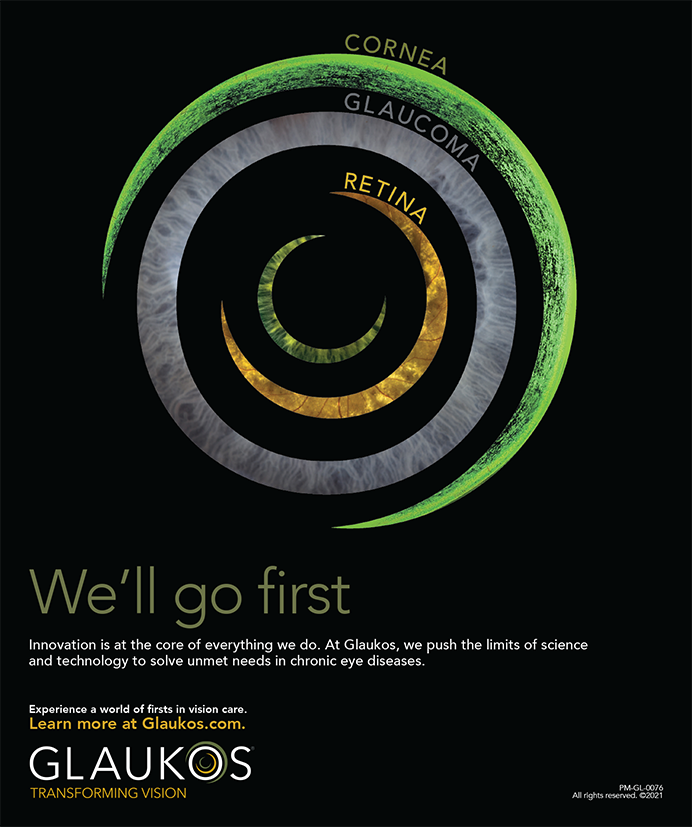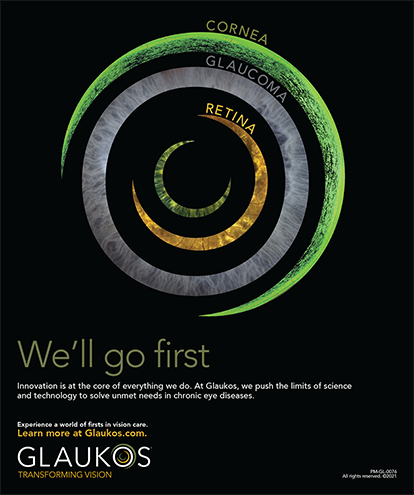
We are all experiencing a transformative global event that is difficult to comprehend as it unfolds before us. By the time you read this piece, many more unpredictable events will have transpired. I am therefore viewing the situation with a wide-angle lens while writing this editorial in an effort to make it relevant when you read it.
We have all been affected in some fashion by the COVID-19 global pandemic. We have been unable to see patients and perform surgery except in urgent and emergent cases. Many of us have had to furlough or lay off staff, be delinquent in paying bills and rent, apply for government loans and lines of credit, watch stock portfolio values tumble, and adapt to homeschooling and social distancing. Unfortunately, some us of have a loved one or friend who lost his or her battle with COVID-19.
Educating ourselves on The Family and Medical Leave Act of 1993, the Paycheck Protection Program, Medicare prepayment, the Department of Health & Human Services funding, zinc, hydroxychloroquine, and how to implement telemedicine has become our new full-time job. Meanwhile, much of our staff sits idle while experiencing the same anxiety about their futures as we do about our own.
Everyone is looking for a map showing the way out, while data and statistics are being manipulated for different causes. We are swimming in a toxic river of political sensationalism and media overload that is muddier than the Mississippi.
On a positive note, many people have taken this opportunity to explore personal growth, improve their health, reconnect with family, and/or enjoy a new or old hobby. Perhaps some of you are like me and have been pleasantly surprised by the quick action of the federal government to create a financial bridge for us through this crisis.
The real and unfortunately unanswerable question looming over us all is: What does our future look like? Even the most optimistic among us are bracing for a brave new world after the pandemic, with patients and doctors wearing masks in the clinic; a huge new practice expense in the form of personal protective equipment and sterilization products, thermometers at the front door, and parking lot waiting rooms; and massive slowdowns in clinic and surgery flow. This is the best case scenario—one that assumes no second spike in cases in our communities once we are given the green light to return to work.
There is good reason to believe that our practices and personal lives—as well as the world around us—will never be quite the same as they were before the pandemic. The sooner we acknowledge this, prepare accordingly, and adapt, the more likely we are to be successful and happy in that new world.
Perhaps what I fear most is a dehumanized future—one without hugs and handshakes, one with smiles hidden behind masks, where social gatherings are virtual and meetings are online, doctor-patient relationships involve distancing, and children and adults double or triple their daily screen time.
Fortunately for us, we cataract and refractive surgeons generally love what we do, and plenty of people need our minds and our skills to help them see better. Plus, we were wearing masks in the OR long before COVID-19 came around. Moreover, many of us find solace in the OR—a place where we feel valuable, in control, and comfortable—and the OR environment will likely remain unchanged by the events of this pandemic.
Staying physically and emotionally balanced during this unusual time may be one of the hardest obstacles we face, but it is necessary to surviving the storm. This pandemic will have lasting effects on our lives and our profession. What won’t change is our passion for our patients’ eye care. As long as we surgeons, our staff, and industry keep moving steadily toward this guiding light, we will find our way.




